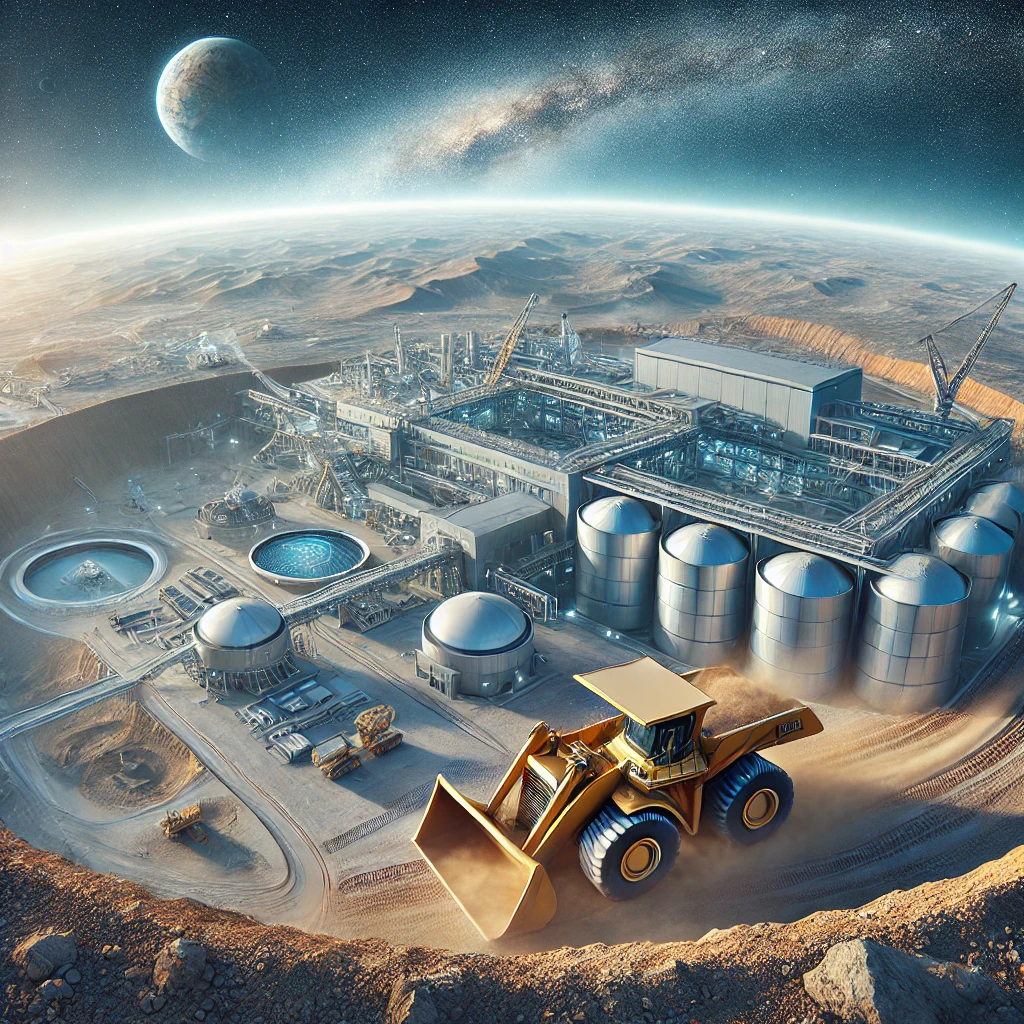
Innovation in Mining: The Role of R&D in Advancing Australian Mineral Projects

The mining industry is continually evolving, driven by advancements in technology and sustainability. One of the key components fueling this evolution is research and development (R&D), which plays a critical role in enhancing operational efficiency and ensuring environmental responsibility. Companies engaged in mineral exploration and extraction, particularly in Australia, are increasingly recognizing the importance of tapping into governmental support mechanisms designed to foster innovation.
Andromeda can claim refundable tax offsets or cash rebates on 43.5% of eligible expenditure related to the development of the Great White Project (GWP) in South Australia over a three-year period.
The Importance of R&D in Mining
R&D is essential for several reasons within the mining sector:
- Enhancing Productivity: Investing in R&D allows companies to develop new methodologies and technologies, improving the efficiency of mineral extraction processes.
- Environmental Consideration: Modern R&D focuses on minimizing ecological footprints, developing sustainable mining practices that protect the surrounding environment.
- Safety Improvements: Research and technological advancements can lead to safer working conditions, reducing risks for employees operating in potentially hazardous environments.
- Regulatory Compliance: As governmental regulations become stricter, R&D can help mining companies adapt to new compliance requirements more efficiently.
Investing in research creates a pathway for organizations to not only improve their bottom line but also contribute positively to broader societal expectations regarding sustainability and corporate social responsibility.
Government Support for R&D in the Mining Sector
In Australia, the government offers various incentives aimed at supporting R&D initiatives within the mining sector. These initiatives not only empower companies to innovate but also act as a stimulant for economic growth. Some of the government’s supportive measures include:
- Cash Rebates: Through programs like the R&D tax incentive, companies can receive substantial rebates that reduce the financial burden of R&D projects.
- Grants and Funding: The government frequently provides targeted grants to support specific projects that promise to enhance technological capabilities or environmental sustainability.
- Collaboration Opportunities: Government agencies often encourage partnerships between mining companies and research institutions, fostering knowledge sharing and technological advancements.
These measures reflect a strong commitment from the Australian government to foster a culture of innovation within the mining sector, ultimately contributing to the global competitiveness of Australian minerals.
Case Studies: Successful R&D Outcomes in Australian Mining
Many Australian mining companies have successfully leveraged R&D rebates and initiatives to enhance their projects. For instance, companies have focused their research efforts on:
- Advanced Mineral Processing Techniques: Innovations in processing techniques can lead to higher yields of precious minerals while reducing waste generation, exemplifying the essence of sustainable mining practices.
- Automation and Digitalization: Implementing automated systems and data analytics leads to improved decision-making and operational efficiency, resulting in significant cost savings.
- Alternative Energy Usage: Research into alternative energy sources for mining operations not only reduces reliance on traditional fossil fuels but also lowers operational costs in the long run.
These case studies not only demonstrate the potential of R&D in driving operational improvements but also underline the importance of ongoing investment in research initiatives within the mining sector.
Challenges Facing R&D in Mining
While the benefits of R&D are significant, several challenges persist:
- High Initial Investment: R&D can be costly and may require substantial upfront capital, deterring smaller organizations from pursuing innovative projects.
- Long-Term Commitment: The benefits of R&D investments often take time to materialize, meaning companies must maintain a long-term vision.
- Skill Shortages: A lack of skilled personnel in the sector can limit R&D capabilities, emphasizing the need for continued education and training.
Addressing these challenges is essential for maximizing the benefits of R&D initiatives in the Australian mining industry.
The Future of R&D in the Mining Sector
As Australia continues to be a key player in the global minerals market, the emphasis on R&D is likely to intensify. The incorporation of innovative technologies such as artificial intelligence, machine learning, and new material science will transform how mining companies operate.
In particular, a focus on sustainable practices will be paramount. The urgency of addressing climate change and environmental degradation means that mining companies must integrate R&D initiatives that align with sustainable development goals.
In summary, continual investments in research and development not only enhance operational efficiencies in the mining sector but also contribute significantly to environmental stewardship and safety. With government support and a proactive approach to innovation, the future of R&D in Australian mining is not just promising—it is essential for the industry’s long-term viability.